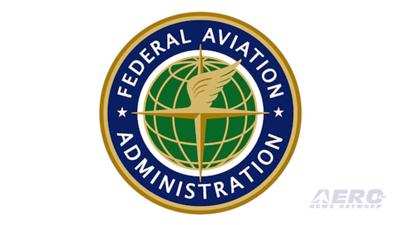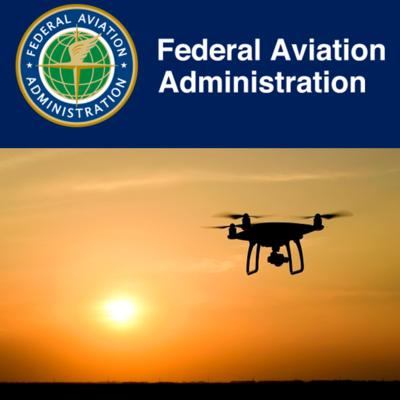Sat, Aug 20, 2022
Recipient Universities to Examine UAV Relevance to Emergency Response
The Federal Aviation Administration (FAA) has awarded $2.7-million to further research pertaining to the means and methods by which Unmanned Air Vehicles (UAV)s may be applied to disaster preparedness and emergency relief efforts.

Acting FAA Administrator Billy Nolen states: “Every second counts in an emergency, and this funding will allow drones to safely and more quickly deploy in moments when minutes matter:”
The research to which the FAA’s 2.7-million will be plied seeks to determine the degree—if any—to which UAVs benefit personnel responding to varied natural and man-made disasters. Also of salience to researchers is the efficacy and efficiency of the procedures by which federal, state, and local disaster preparedness and emergency organizations coordinate their UAV operations.
The beneficiaries of the FAA’s largess and the amounts of their respective awards are:
- University of Vermont: $1,195,000
- University of Alabama Huntsville: $828,070
- New Mexico State University: $400,000
- North Carolina State University: $200,000
- Kansas State University: $145,000
The award is the latest of twenty grants cumulatively valued at $21-million issued through the FAA’s Alliance for System Safety of UAS through Research Excellence (ASSURE) program—a federal initiative with the somewhat nebulous mission of “providing high-quality research and support to autonomy stakeholders both within the US and beyond to safely and efficiently integrate autonomous systems into the national and international infrastructure, thereby increasing commerce and overall public safety and benefit.”

The ASSURE Center of Excellence is one of six such initiatives the FAA has established to—ostensibly—help advance technology and edify the next generation of aviation professionals. Research conducted through ASSURE sets out to foster safe growth within the UAV sector, and promote the integration of unmanned air vehicles into the national airspace system of the United States.
The ASSURE Center of Excellence and its sister programs speak to the U.S. Department of Transportation’s commitment to Advanced Air Mobility (AAM) concepts and hastening their development through funding research and innovation.
The worldwide drone fleet comprises more than 850,000 recreational and commercial drones. That number is expected to grow dramatically in the coming years.
More News
Aero Linx: Transport Canada We are a federal institution, leading the Transport Canada portfolio and working with our partners. Transport Canada is responsible for transportation p>[...]
Gross Navigation Error (GNE) A lateral deviation from a cleared track, normally in excess of 25 Nautical Miles (NM). More stringent standards (for example, 10NM in some parts of th>[...]
From AirVenture 2017 (YouTube Edition): Flight-Proven Booster On Display At AirVenture… EAA AirVenture Oshkosh is known primarily as a celebration of experimental and amateu>[...]
Aircraft Parachute System (CAPS) Was Deployed About 293 Ft Above Ground Level, Which Was Too Low To Allow For Full Deployment Of The Parachute System Analysis: The day before the a>[...]
Also: 48th Annual Air Race Classic, Hot Air Balloon Fire, FAA v Banning 100LL, Complete Remote Pilot The news Piper PA-18 Super Cub owners have been waiting for has finally arrived>[...]
 ANN's Daily Aero-Linx (06.29.25)
ANN's Daily Aero-Linx (06.29.25) ANN's Daily Aero-Term (06.29.25): Gross Navigation Error (GNE)
ANN's Daily Aero-Term (06.29.25): Gross Navigation Error (GNE) Classic Aero-TV: Anticipating Futurespace - Blue Origin Visits Airventure 2017
Classic Aero-TV: Anticipating Futurespace - Blue Origin Visits Airventure 2017 NTSB Final Report: Cirrus SR22
NTSB Final Report: Cirrus SR22 Airborne Affordable Flyers 06.26.25: PA18 Upgrades, Delta Force, Rhinebeck
Airborne Affordable Flyers 06.26.25: PA18 Upgrades, Delta Force, Rhinebeck




